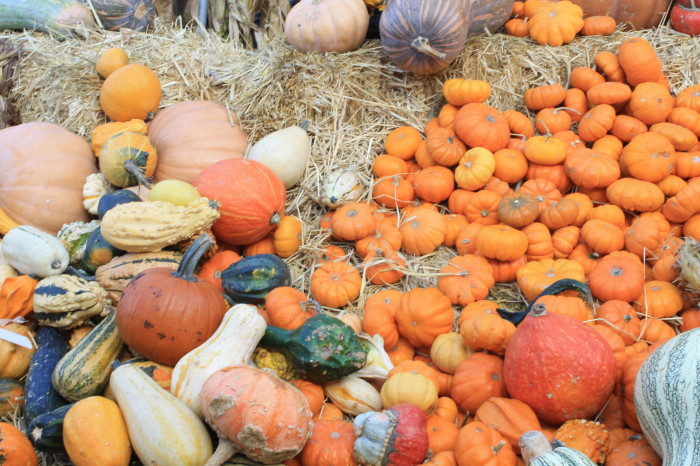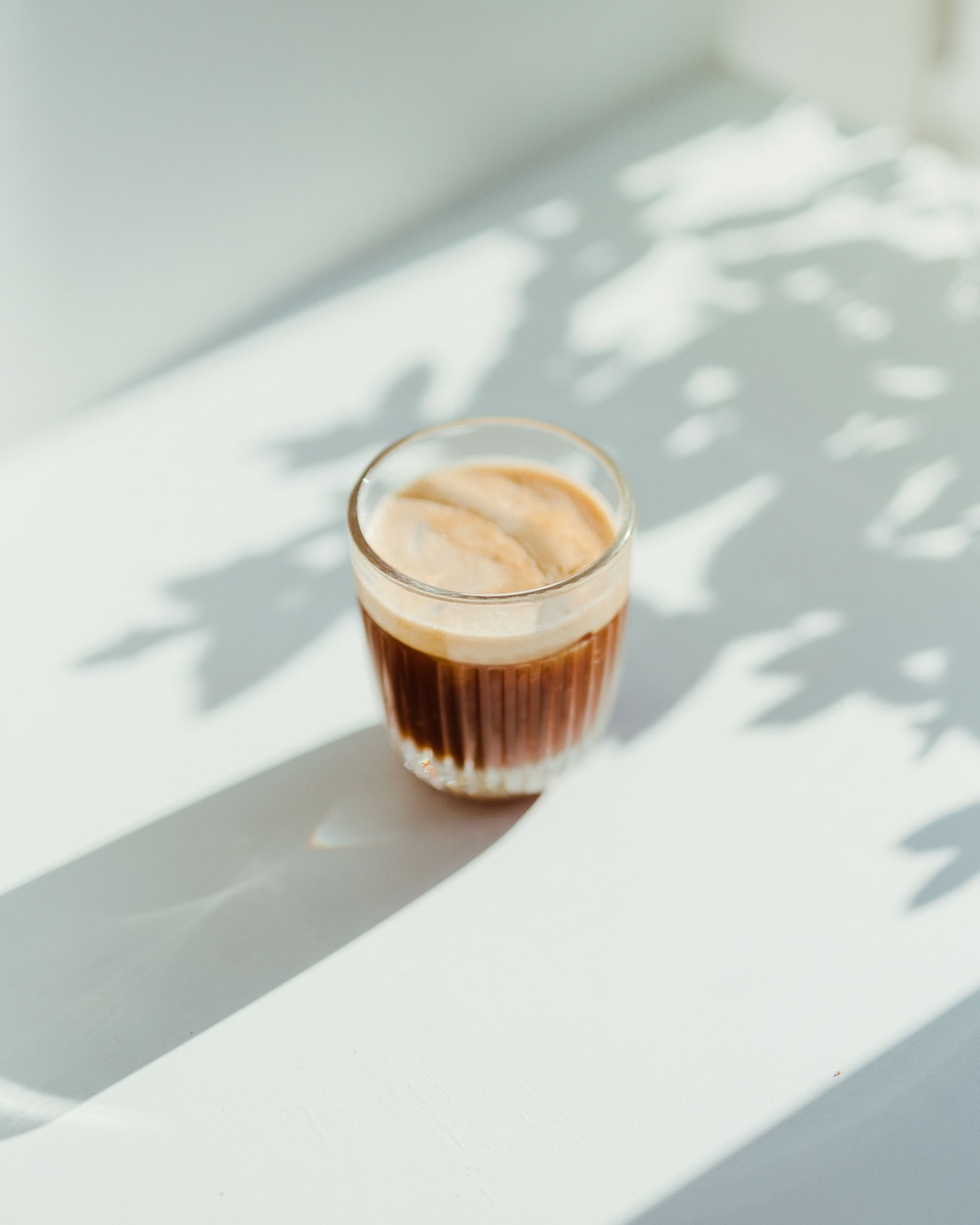 Fall is one of my favorite times of year, food wise. Even though it’s still warm in Southern California (we’ve had 100+ degree temperatures this week!), the colors of fall are starting to appear at the markets. To me, the oranges, greens and yellows of what we refer to as “winter squash” are one of the most beautiful sights.
Fall is one of my favorite times of year, food wise. Even though it’s still warm in Southern California (we’ve had 100+ degree temperatures this week!), the colors of fall are starting to appear at the markets. To me, the oranges, greens and yellows of what we refer to as “winter squash” are one of the most beautiful sights.
To many people, the variety of winter squash can be a bit intimidating and often raise questions of what to do with some of those hearty, hard vegetables: Do I eat it or decorate with it? How the heck do I cut it? Should I peel the skin or is it okay to eat it? What’s the best way to prepare it?
Winter squash are harvested at the end of summer to early fall in their mature fruit stage, in which the seeds are fully grown, the flesh is firm, and the skin is thick and tough enough for them to be stored for the winter. The thick skin means you will need a very sharp knife to cut it. A serrated edge knife often works well since you can saw the squash, but regardless of what type of knife you use, be very careful when cutting. Create a flat surface by slicing a portion of the top or bottom first, or lay the squash on their side in a manner that prevents rolling.
Winter squash have a wonderful sweet flavor after cooking and the orange (or yellow) flesh provide an excellent source of vitamins A, B6, C and K, and a good source of manganese, magnesium, potassium, and fiber. Their anti-oxidant and anti-inflammatory characteristics make it the perfect vegetable for creating your body’s defense against cold and flu season, as well as keeping you healthy over all. The seeds are wonderful roasted, so don’t toss them in the trash, toss them in some olive oil and bake in the oven.
The most popular varieties of winter squash available at the markets are acorn, butternut, spaghetti, kabocha, delicata, and, of course, sugar pumpkin. Most squash can be stored for at least two months, with the thicker skin varieties often storing for up to six months. Use your judgement on how long to store; if you feel soft spots, or see mold forming on the skin, the squash has lost its shelf life. Select squash that are firm, heavy for their size and have dull, not glossy exteriors (a shiny skin means the squash was picked too early).
Here’s a little information on the best way to use each of these popular varieties:
Spaghetti
Yellow fleshed spaghetti squash are lots of fun to cook, prep and eat. The skin is very thick which makes it inedible, but once cooked, its dense flesh softens immensely and will easily shred with a fork. It is great as a side dish, for use in a casserole, or as a healthier, naturally gluten free replacement for pasta.
Acorn 
These are best roasted/ baked, and the skin is edible; they are difficult to peel because of the bumps and indents, so cook with the skins on. Poke holes in your squash using a fork or knife and bake whole to slice into thin rings to top salads, or cut in half and bake to create excellent bowls for your favorite fillings (pilaf, stuffing, herbs and beans).
Delicata
My favorite for roasting and filling! They are so sweet and tender and taste amazing when you let the flesh caramelize; for extra sweetness, sprinkle with brown sugar or drizzle with maple syrup. The skin gets soft when you cook it so it’s very edible (although I usually end up scraping my flesh out of the skin). Cut in half then brush with olive oil and sprinkle with a bit of salt and pepper. They are great as a side dish or stuffed for a hearty main course entree.
Butternut
Skin is edible, but I recommend peeling it for best use, flavor and texture. Because of the unique shape of butternut squash, there is a very specific way to cut and peel it. The deeper the orange of the flesh, the more flavor. My favorite way to use butternut is to puree it for sauce or soup, or mash for a yummy side dish. Boil or steam for about 7 to 10 minutes (the quickest cooking method), or roast the cubes for about 30 minutes in a 350 degree oven.
Kabocha
This Japanese style squash has been gaining popularity in the US and it’s my personal favorite. It’s most commonly found on Thai restaurant menus as “pumpkin” curry. It has a slightly grainy/ gritty texture and a wonderful, rich flavor. I like to cube and steam it and eat on its own with a bit of olive oil and sea salt, simmer for a delicious soup, chili or curry, or slice it for quinoa nori rolls! Red Kuri squash are similar in flavor, but have a creamier texture; the two make good substitutes for one another, but cook the kuri for less time.
Sugar Pumpkins
These are the most commonly seen pumpkin variety at the markets. Use them for purees, soups and dip. They are great seasoned with cinnamon, nutmeg and cloves and are most commonly used for pumpkin pie. They are also the perfect size and shape to use as serving bowls for a fun, festive touch.
Can’t wait to get started? Check out our squash recipes: Comforting Vegan Butternut Squash Soup
Butternut Squash Pasta with Tomato “Cream” Sauce





